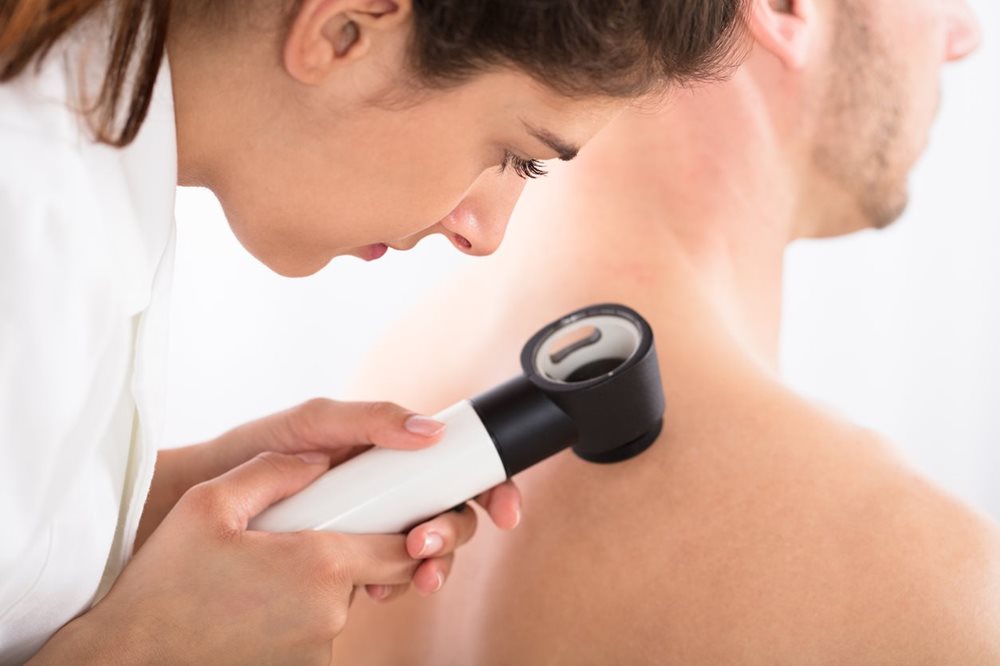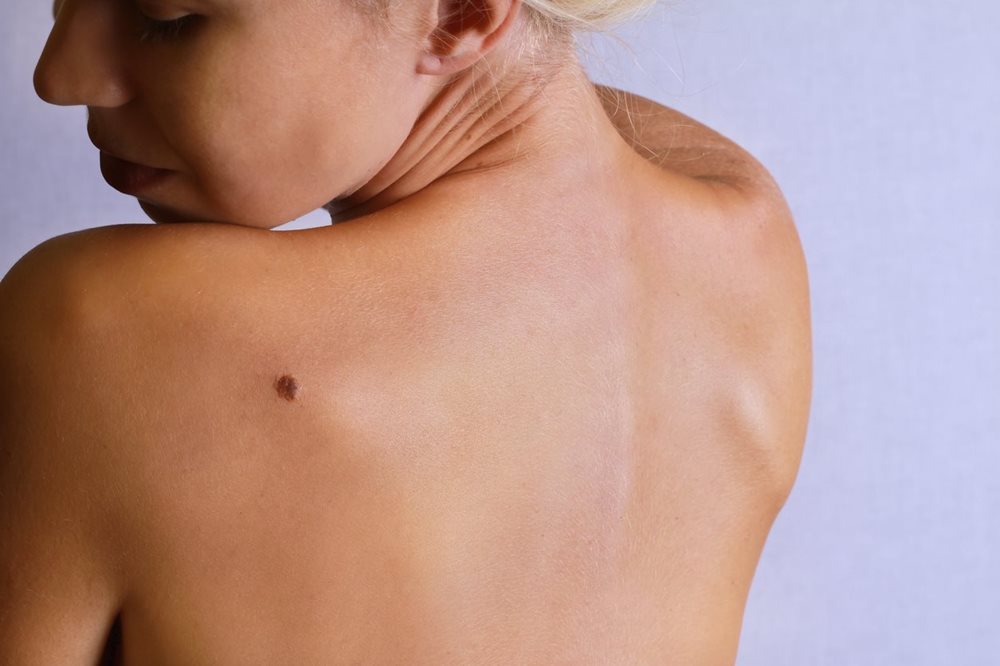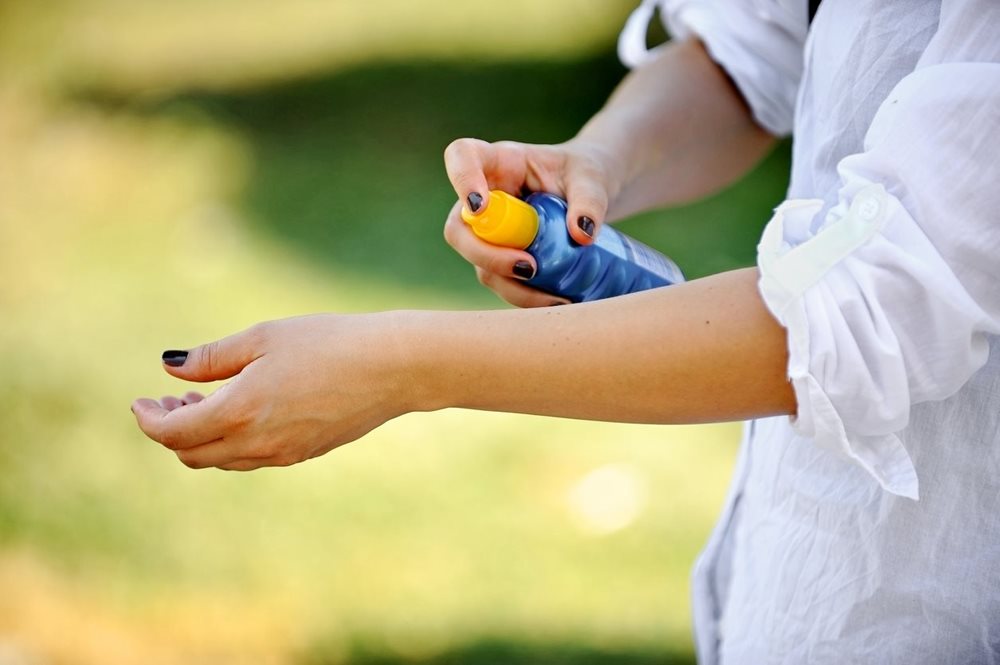A Guide to Skin Cancer Prevention

We're all spending more time outside. At times like these though, it’s important to protect your skin from the sun. Dr. Neil Reddy from Precision Healthcare, speaks to us about the signs of melanoma skin cancer, and shares advice on how to stay skin healthy this summer.
Be Prepared
“Skin Cancer is one of the most common forms of cancer in Ireland”, begins Dr. Reddy. “Even a short time spent in the sun without protection is risky.” We often have great intentions of applying factor 50, but surprise sunshine can catch us off guard. “Where many pale-skinned people get caught out is being exposed to sudden, unaccustomed, high levels of sun”, says Neil, “like going on holiday, or attending a once-off outdoor event.” It makes sense then to be prepared for sun, even if you’re not expecting intense heat.
Know Your Skin Type
By knowing your skin type, you’ll know how tolerant you are to the sun, and it could save your life. “People with pale skin tend to burn more easily than those with darker skin, and need to take extra precautions in the sun,” says Dr. Reddy. “In Ireland, we’re traditionally pale and tend to burn more easily than many other races. There are six types of skin pigment, which respond differently to Ultraviolet (UV) light. These are known as the Fitzpatrick Scale, and most Irish people fit into the top three types:
- Always burns and never tans. It’s usual in people with pale, white, blonde or red hair and blue, grey eyes.
- Usually burns, tans minimally and is found in people with white, fair, blonde, brown or red hair and blue, green, or hazel eyes.
- Burns mildly, tans uniformly and is found in people with any hair color and usually brown eyes.
Vitamin D Absorption
Interestingly, those with the palest skin have an evolutionary advantage, in that they absorb Vitamin D faster than other skin types. “This means they need the least amount of sun exposure - just 10 to 15 minutes a day will do,” says Dr. Reddy. “After that, they need to cover up or at least protect their skin with a high factor sun cream. Even wearing a hat can make a huge difference.” People with darker skin need longer in the sun to absorb the right amount of Vitamin D, and also need to wear a lower factor sun cream.
What is Melanoma?
You may have heard of the term ‘melanoma’. As Dr. Reddy explains, it signals a cancer that’s likely to spread quickly, so requires prompt action. “Most melanomas are pigmented (dark) spots”, he begins, “occurring on any part of the body. Melanoma tends to spread early, so has a high mortality rate. Surviving it is about detecting it as early as possible.” Non-melanoma cancers meanwhile look distinctly different. In fact, you might not recognise them as an urgent threat at all. “They’re generally non-pigmented red or pink spots (with some exceptions)”, says Neil, “and are more likely to occur on sun-exposed skin like head neck, arms and legs. They don’t spread as easily though, so can normally be cured by simple surgery.”

Checking Your Moles
Keeping an eye on both new and existing moles is crucial for early cancer detection. “Ideally, check them every 3-6 months”, says Dr. Reddy”, “or if your attention is drawn to the mole incidentally by itching or bleeding. When looking at a mole, you should take note of some important signs. These are easy to remember by thinking of ABCDE:
Asymmetry: When one part of a mole grows faster than another, the mole becomes irregular in shape.
Border: When the faster-growing part of the mole reaches the edge, the border will become irregular, rather than the smooth edge of a stable mole.
Colour: Abnormal growth in a mole may cause irregularity in colour, with some light parts, some dark parts, and even some blue or grey parts.
Diameter: A mole that measures more than 6mm in diameter (more than the base of a pencil) should be checked by your GP.
Evolution: Any recent changes should be reviewed. A large, irregular, strangely-shaped mole that has been the same since childhood is not a reason for worry. A small mole on a sun exposed area that appeared recently or has begun to grow rapidly is much more concerning.
Tracking and Reviewing your Moles
It may be difficult to keep track of your moles, especially if you have lots, but there are simple ways to manage it:
- Take photos (with a ruler or a coin for scale), and compare with the previous photos every 6 months.
- Use an app like Mole Monitor to record the anatomical site of each mole and set reminders to retake the photo every 6 months.
- Attend a clinic for mole mapping. This involves a technician taking magnified photos of your moles with a high-resolution camera and recording the images on a disk for review at future consultations.
- Attend a healthcare professional for dermoscopy. This involves viewing your moles through a magnifying lens with a polarised light, and observing for tell-tale signs of abnormal growth. Dermoscopy can be done by some GPs, by specialist screening clinics or by dermatologists. You can get a referral for a mole check with a dermatologist or screening clinic by contacting the Irish Life Health Digital Doctor Service for a video consultation.

Diagnosing Melanoma
If a suspicious mole is identified, your healthcare professional will discuss three options with you:
- Monitor a review in 3 months - If the mole continues to change, it will be removed. This is generally employed where the mole is on an area not readily amenable to surgery, like the face.
- Biopsy - A small (punch) biopsy may be taken of the suspicious mole. This will be analysed by a pathologist and a recommendation issued for removal or monitoring. This has the advantage of being less invasive, but needs follow-up because of a risk of missing the cancer.
- Excision of the mole may be the best option where the mole is on an area with few cosmetic risks, or an area that would be difficult for the person to monitor themselves, like the lower back.
The bottom line is – sun safety is crucial. By educating yourself on your skin type, taking all the precautions available (suncream, hat, sitting in the shade etc), and keeping an eye on any unusual moles, you’ll give yourself the best chance of staying healthy, even as the temperature in Ireland continues to climb!
About Dr. Neil Reddy
MB BCh BAO (Hons), B.Med.Sci, LFOM, MSc (Health Informatics), MSc (Clinical Education)
Dr. Neil Reddy of Precision Healthcare is a Licentiate of the Faculty of Occupational Medicine of the Royal College of Physicians of Ireland. He has extensive experience in the design and delivery of health screening and wellness programmes for small and large clients, including several multinational companies.